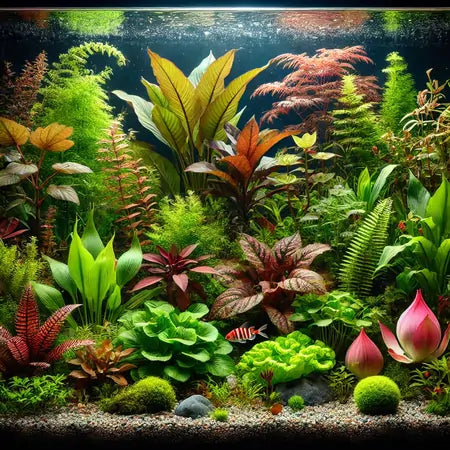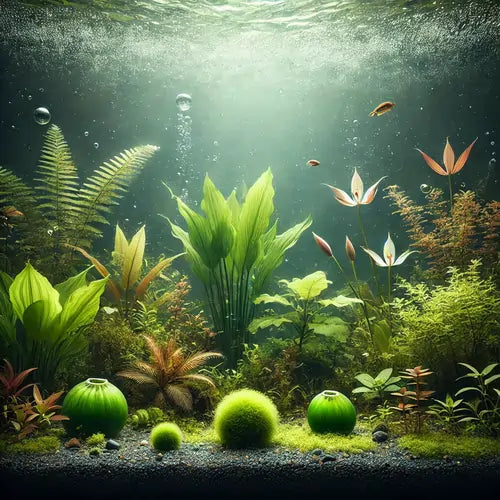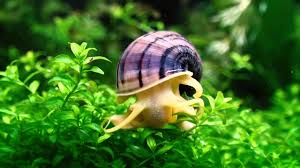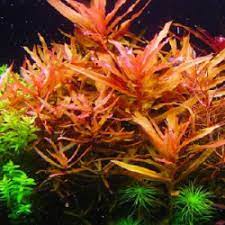Trending searches
$0
Baby Tears (Micranthemum Umbrosom) LIVE AQUARIUM PLANT
Micranthemum Umbrosom aka Dwarf Baby Tears, or simply HC, is one of the smallest aquarium plants in the world, and creeps over the bottom with millimetre-sized, round leaves. Baby Tears is an attractive and popular foreground plant for small aquariums. It is not a difficult plant, but it requires good conditions such as enough light, added CO2, water circulation, and fertilizer to thrive. If these conditions are hard to create, you may use Micranthemum as an alternative, as it is less demanding. Small pearls or bubbles of oxygen are often produced on top of the plants, adding a very lively aspect to the carpet. If planted in small clumps a few centimetres apart, it will spread rapidly and cover the bottom like a carpet. Trim the carpet regularly, otherwise the lower parts will not get enough light causing root death. This plant is excellent for aquariums that house fish, snails, and dwarf shrimp, as it provides biofilm, hiding places, and security for all aquarium inhabitants. Each Portion is a 4oz cup as shown in the pictures.
===========================✦ ✦
Care Guidelines: 🌠🌠
🌟 Temperature: 68-82 °F
🌟 CO2: Recommended
🌟 Growth Rates: Medium
🌟 Difficulty Level: Beginner
🌟 Lighting: Medium-High
🌟 Tank Placement: Foreground
🌟 Nutrient Substrate: Required
At Canton Aquatics LLC, we take great pride in providing high-quality live aquarium plants to our customers. We understand the complexities involved in shipping live plants and are committed to ensuring they arrive at your doorstep in excellent condition.
Shipping Process:
DOA (Dead on Arrival) Policy:
Limitations and Responsibilities:
Cancellation and Changes:
Customer Support:
By placing an order with Canton Aquatics LLC, you acknowledge and agree to the terms outlined in this shipping policy.
Please be sure to check the regulations in your state regarding restricted plants. Our policy is to avoid shipping any plants that are prohibited in your area to ensure compliance and environmental safety. It's important not to introduce plants into the wild or waterways, as this could disrupt local ecosystems by introducing invasive species.
We appreciate your efforts in helping to protect the environment. For the latest updates, you can consult the USDA State Noxious Weed list here.
Thank you for your dedication to preserving our natural habitats.






!